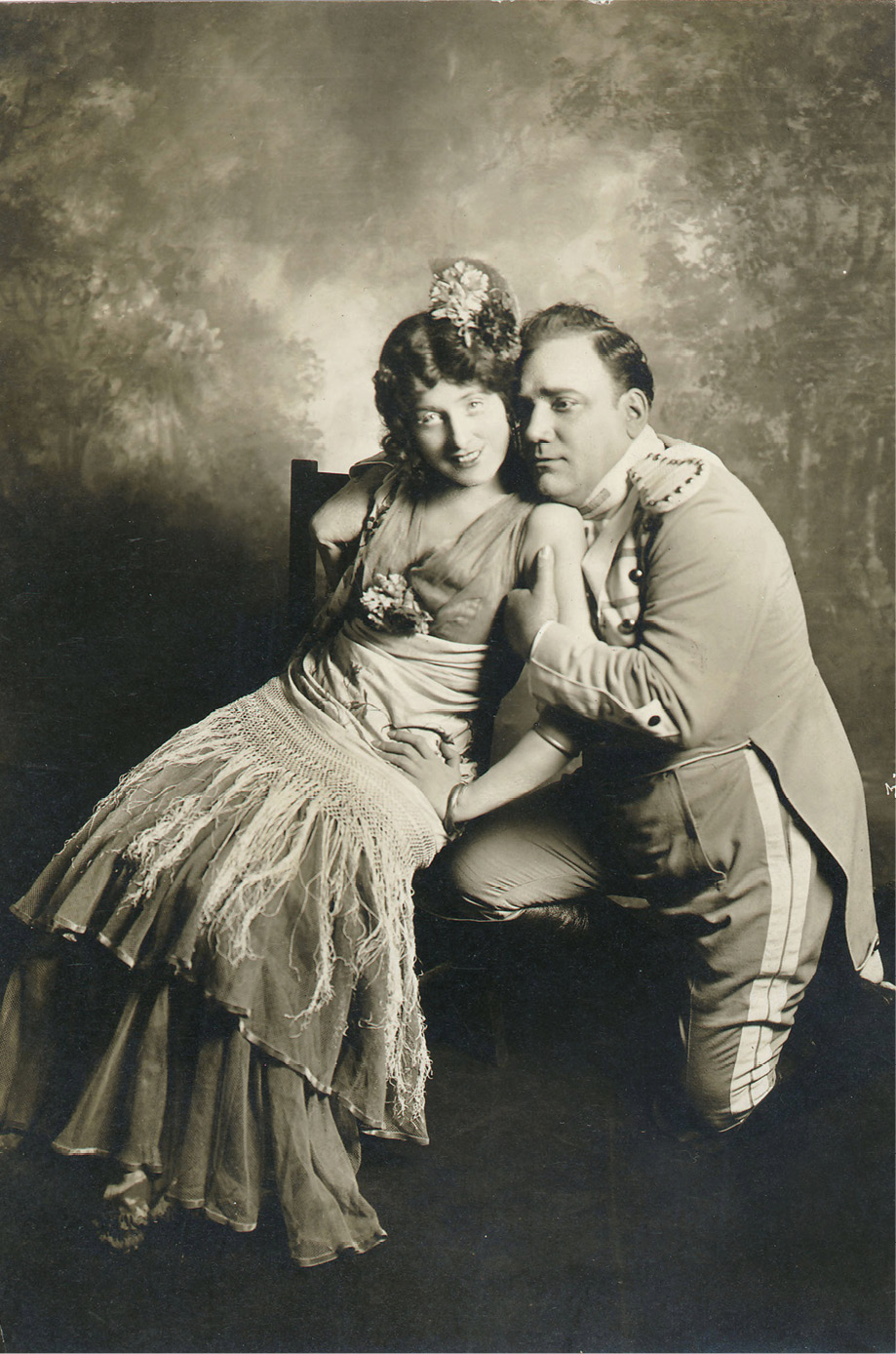Premiere: Opéra Comique, Paris; March 3, 1875
Bizet’s masterpiece of the gypsy seductress who lives by her own rules, no matter what the cost, has had an impact far beyond the opera house. The opera’s melodic sweep is as irresistible as the title character herself, a force of nature who has become a defining female cultural figure. This drama of a soldier torn between doing the right thing and the woman he cannot resist bursts with melody and seethes with all the erotic vitality of its unforgettable title character. Carmen was a scandal at its premiere and was roundly denounced in the press for its flagrant immorality. The power of the music and the drama, however, created an equally vocal faction in favor of the work. The composer Tchaikovsky and the philosopher Nietzsche both praised the opera, the latter identifying in the robustness of the score nothing less than a cure-all for the world’s spiritual ills.
The Creators
Georges Bizet (1838–1875) was a French composer whose talent was apparent from childhood. Carmen was his final work, and its success was still uncertain at the time of his premature death (although the opera was not quite the total failure in its initial run that it has sometimes been called). Henri Meilhac (1831–1897) was a librettist and dramatist who would subsequently provide the libretto for Jules Massenet’s popular Manon (1884). His collaborator on Carmen was Ludovic Halévy (1834–1908), the nephew of Jacques Fromental Halévy (composer of the opera La Juive and Bizet’s father-in-law). Composer Ernest Guiraud (1837–1892), born in New Orleans, was a friend of Bizet’s who wrote the recitatives between the set numbers when Carmen moved from the Opéra Comique (where dialogue was customary) to the opera houses of the world. The libretto of Carmen is based on a novella by Prosper Mérimée (1803–1870), a French dramatist, historian, and archaeologist. According to one of his letters, the book was inspired by a true story that the Countess of Montijo told him during a visit to Spain. Published in 1845, it was Mérimée’s most popular work.
The Setting
The opera takes place in and around Seville, a city that, by the time Carmen was written, had already served many operatic composers as an exotic setting conducive to erotic intrigues and turmoil (Rossini’s Il Barbiere di Siviglia and Verdi’s La Forza del Destino, among others). The hometown of Don Juan, the city also inspired Mozart with Don Giovanni, and Beethoven used Seville as the setting for a study of marital fidelity in Fidelio. Carmen is particularly associated with this beguiling city of colorful processions, bullfights, and a vibrant gypsy community.
The Music
The score of Carmen contains so many instantly recognizable melodies that it can be easy to overlook how well constructed it is. The orchestra brings to life a broad palette of sound. The major solos are excellent combinations of arresting melody and dramatic purpose, most notably the baritone’s famous Toréador Song, the tenor’s wrenching Flower Song in Act II, and Micaëla’s soaring Act III aria. Carmen and the lead tenor have three remarkable duets marking the stages of their fateful relationship: the seductive phase (Act I), conflict (Act II), and tragic explosion (Act IV). Unlike in traditional operatic duets, however, they almost never sing at the same time, a device that emphasizes their inherently disparate natures. Interestingly, while Carmen has several solos in the form of songs—that is, moments in which the character is actually supposed to be singing within the context of the drama—she has no actual aria. It’s a dramaturgical device that suggests she is seen first as a sort of celebrity, performing for others, and then as a projection of the fantasies of others.
Carmen at the Met
Carmen entered the standard Met repertoire slowly, premiering on tour in Boston in 1884, sung in Italian. After several performances in German, it finally became a Met staple in the original French in 1893 with Emma Calvé, her generation’s leading interpreter of the title role, who performed the part more than 130 times with the Met before 1904. Enrico Caruso sang the lead tenor role between 1906 and 1919, and the charismatic Geraldine Farrar appeared as the gypsy temptress from 1914 to 1922 (she also played the role in a popular silent movie of 1915). In more recent decades, famous Met Carmens have included Risë Stevens (1945–1961), Marilyn Horne (1972–1988), Denyce Graves (1995–2005), and Olga Borodina (2000–2010). Among the memorable tenors to perform in the opera were Giovanni Martinelli (1915–1941), Richard Tucker (1952–1972), James McCracken (1966–1975), Plácido Domingo (1971–1997), and Neil Shicoff (2000–2004). Leonard Bernstein conducted Carmen for the opening night of the 1972–1973 season, and Music Director James Levine has led more than 40 performances dating back to 1986. The current production by Richard Eyre opened on New Year’s Eve 2009, with Elīna Garanča, Roberto Alagna, Barbara Frittoli, and Mariusz Kwiecien in the leading roles, with Yannick Nézet-Séguin conducting.

Geraldine Farrar as Carmen and Enrico Caruso as Don José, 1914
Herman Mishkin / Metropolitan Opera Archives